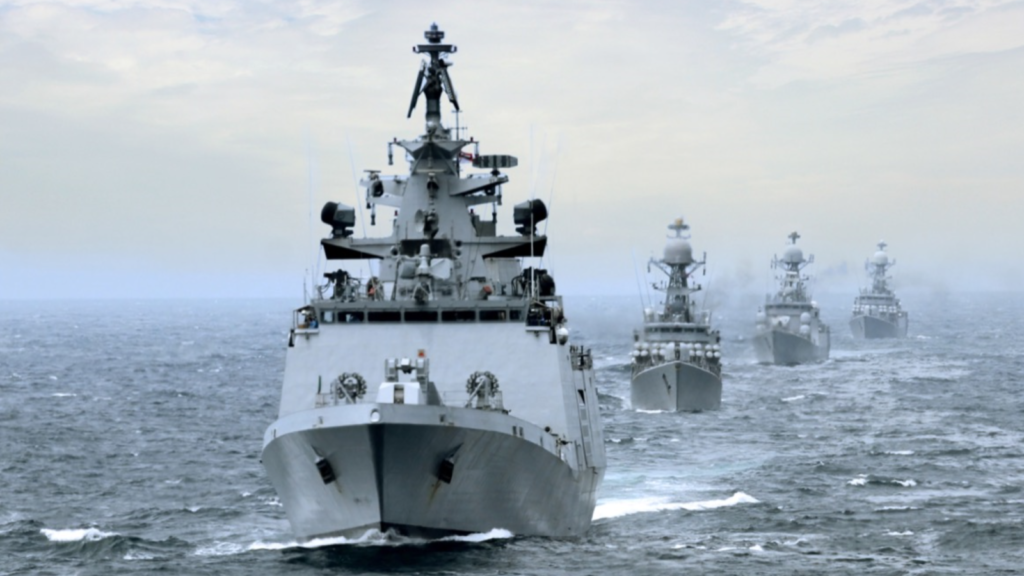In practice, U.S. forces are rehearsing operations they haven’t conducted since withdrawing from Afghanistan. This includes deploying part of their strategic bomber forces along with the logistical and intelligence infrastructure needed to support them—refueling planes, transport aircraft carrying spare parts and maintenance teams, intelligence units, and rescue teams—in preparation for potential missions in the Middle East or East Asia.
An additional U.S. aircraft carrier has also been dispatched to the area. The financial and logistical cost of deploying these naval and air forces serves as proof of U.S. commitment to its diplomatic efforts with Iran. At the same time, aircraft can conduct live-fire bombing exercises in Yemen, gaining operational insights and eliminating inefficiencies.
The additional carrier was already scheduled to replace the USS Truman and its naval task force, which is currently operating in Yemen. The Yemen operation itself was intended to demonstrate to Iran that Trump’s threats are not empty.
Trump’s ultimatum to Tehran regarding its nuclear program is set to expire at the end of May. If Iran refuses to negotiate, possibly under Omani mediation, and Supreme Leader Ali Khamenei sides with hardliners, the U.S. may use its forces to conduct a demonstration strike—either on Iranian territory or on assets tied to Yemen, such as ships and ports that supply the Houthis. The U.S. is already targeting Iranian maritime assets as part of its campaign against Iran’s “shadow tanker fleet,” which is used to smuggle oil to countries like China, North Korea, and other questionable buyers.
In Israel, preparations are underway for such a scenario, particularly for possible retaliatory missile and drone strikes. However, the time for a major strike on Iran’s nuclear facilities—potentially a joint U.S.-Israeli operation—has not yet arrived. According to reliable sources, Iran has not resumed efforts to develop nuclear weapons or prepared for nuclear testing. Therefore, no viable targets currently exist in Iran.
Over the weekend, Iran expressed willingness to engage in indirect negotiations on its nuclear program, significantly increasing the likelihood of U.S.-mediated talks, potentially facilitated by a Gulf Arab state—or perhaps already underway in secret.
Nevertheless, U.S. military buildup in the region cannot be ignored. Deployment of significant naval and strategic aerial forces to the Middle East represents a clear escalation in managing the conflict with Iran. In the language of unofficial diplomatic negotiations, this signifies a third level of escalation—beyond the ambiguous statement “all options are on the table” and the harsh sanctions already in place.

